Oslo’s chic new luxury hotel is the intimate 11-room Villa Inkognito, a historic mansion conversion that is a sly, very private addition adjacent to Sommerro. This fabulous 231-room Art Deco hotel and urban retreat, in one of the city’s oldest neighborhoods, only opened last year and instantly became the city’s trendiest hotspot.
A reimagined 1930s landmark—once the electric company headquarters and historic public bathhouse—Sommerro was artfully transformed into a magnificent hospitality complex, boasting seven noteworthy restaurants and bars, Oslo’s only rooftop dining, plus a luxurious cinema and unique meeting spaces. Another major draw… the destination spa, Vestkantbadet, with its meticulously restored swimming pool area featuring a stunning mosaic by Per Krohg—now upgraded to include cold plunge pools, the city’s first heated rooftop pool with sauna and an L.A.-style sun deck.
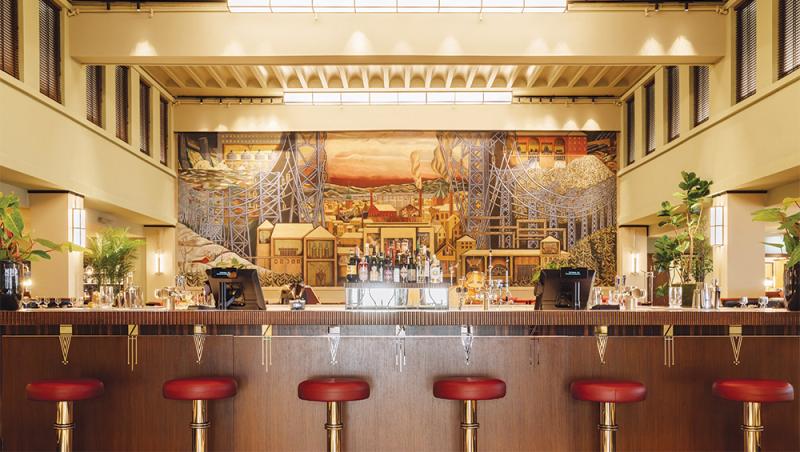
Although guests of the new Villa Inkognito have privileged access to Sommerro’s vast facilities and amenities, the property feels like a VIP hideaway, where each guest is welcomed and personally cared for by the “Lady of the House.” From thoughtfully designed bedrooms to unmatched personalized service, Villa Inkognito is an elegant oasis meticulously designed to be the ultimate “home away from home.”
Two in One: Private Residence Within an Urban Resort
Nestled in the heart of Frogner, an upscale neighborhood in Oslo’s West End, akin to New York’s Upper East Side or London’s Mayfair, Sommerro and Villa Inkognito were reimagined by GrecoDeco, the London/New York interior design firm known for their elaborate, detailed and deeply researched projects, exemplified by their work on The Ned in London.
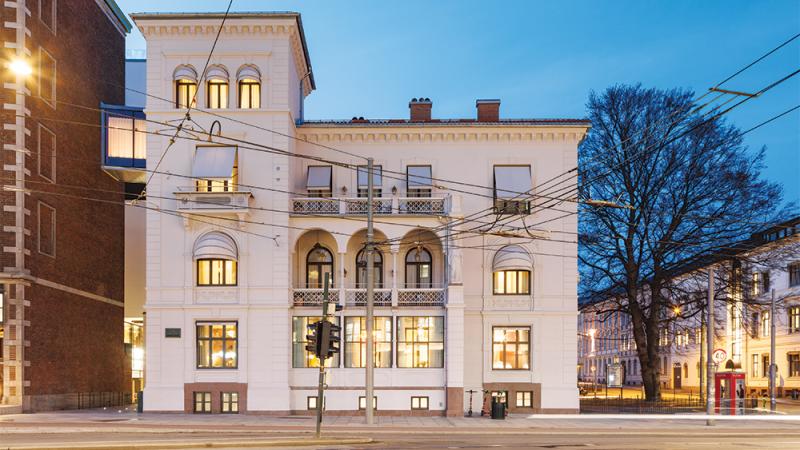
You enter Villa Inkognito through a discreet doorway off the street—definitely an IYKYK situation. Built in 1870 as a grand former private residence by architect Thøger Binneballe, the GrecoDeco design team created a luxe residential feel with a mix of antiques, original artwork and decorative details all with Scandi undertones. The home-away-from-home vibe extends to the various shared spaces—including several well-appointed living rooms, library, lounge, cozy private bar, dining room and an open kitchen, along with a fitness room in the basement and an outdoor area. The design pops, from the striking black and white entrance to the rich, jewel-toned accented textiles and custom hand-knotted rugs.
Guests can book the entire property or any of the villa’s 11 individual rooms. Guestroom interiors are inspired by a range of eras, including Classic Norwegian, Art Nouveau, Arts & Crafts and a bit of Japonisme. We stayed in room No. 5, one of the Superior rooms, charming with 19th-century Norwegian motifs in muted earth tones. The room benefits from an efficient layout with ample closet space, a small desk for working, a large armoire, two lounge chairs and a comfy bed from Svane. We loved the bathroom with Chinoiserie cabinets fitted with sinks, copper taps and topped with coral-hued marble, surrounded by lovely light green tiles, with luxe amenities by Le Labo and the Dyson hairdryers.
Top digs: The Suite (Room No. 6), nearly 1,000 square feet on the third floor, offers a sitting area with a dining table for six, a generous living room with plush sofas and chairs, and two balconies, one off the living room perfect for taking in views of the Solli Plass and another smaller one off of the bathroom. The bedroom section is furnished with a large, custom-designed, double bed in oak with beautiful carvings, a sofa and two chairs.
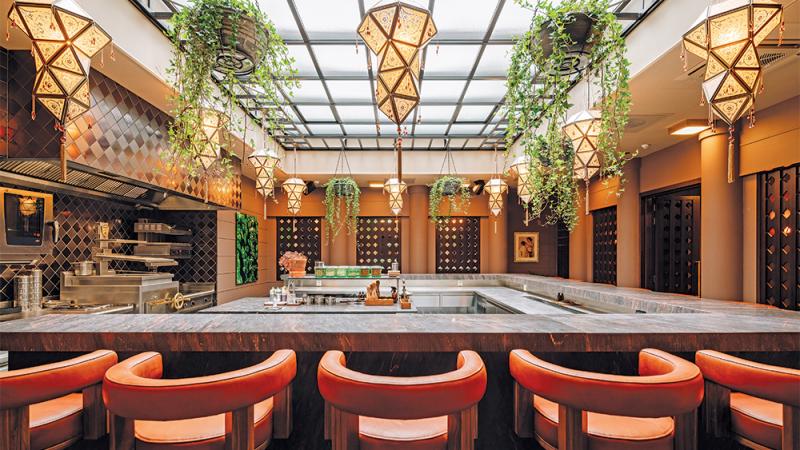
For views: The top floor is occupied solely by the Tower Room (Room No. 11). Its large, oak-framed bed, carved with lily pad motifs nearly fills the space, but makes for a comfortable outlook of the Solli Plass square through the original, 18th-century windows.
The true VIP move is to take up the entire villa of all 11 rooms, which then affords free reign of the house and all the spaces. Either way, “Lady of the House,” Deborah Wigardt ([email protected]), will make any arrangements from breakfast in the villa’s kitchen to shaking up a cocktail or two at Spectre, the intimate bar, to arranging museum tours or private excursions, spa treatments or personally showing guests the very best Frogner has to offer. Villa guests have priority reservations at Sommerro’s restaurants and the Vestkantbadet spa; alternatively, in-suite dining or in-room wellness treatments can be arranged.
Good to know: A private hallway on the fourth floor conveniently connects the two properties, so there is never a need to even venture outside.
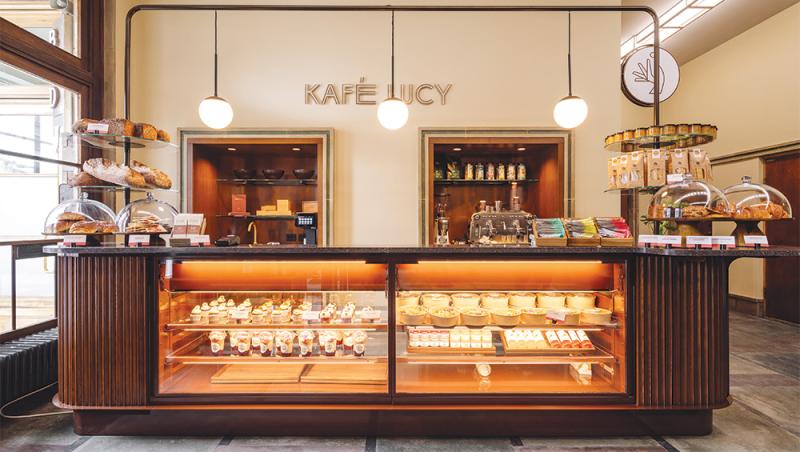
Where to Eat
Honestly, you don’t need to leave Sommerro to enjoy some of the best food and drink in Oslo. They have smartly partnered with top local and well-known Scandi chefs to open outposts in the hotel. Don’t miss Plah & Ahaan, an elevated Thai restaurant helmed by chef Terje Ommundsen (the watermelon salad with pork belly is unreal!). Enjoy 360-degree views of the capital and the fjords at TAK Oslo, which serves innovative Nordic-Japanese cuisine by the award-winning Swedish chef Frida Ronge from Stockholm. Or enjoy traditional Spanish pintxos at Barramon, which can also be found at the popular Mathallen food hall in Oslo.
Other highlights: Traditional Afternoon Tea in Søstre is truly authentic as Executive Head Chef Jonathan Howell is English, and basically any meal at Ekspedisjonshallen, the hotel’s main restaurant. A large, moody space that was formerly where Norwegians paid their electric bills, this space has an original wall fresco by artist Per Krohg. The focal point is a large central bar, on top of which Jazz bands perch to play live music nightly.
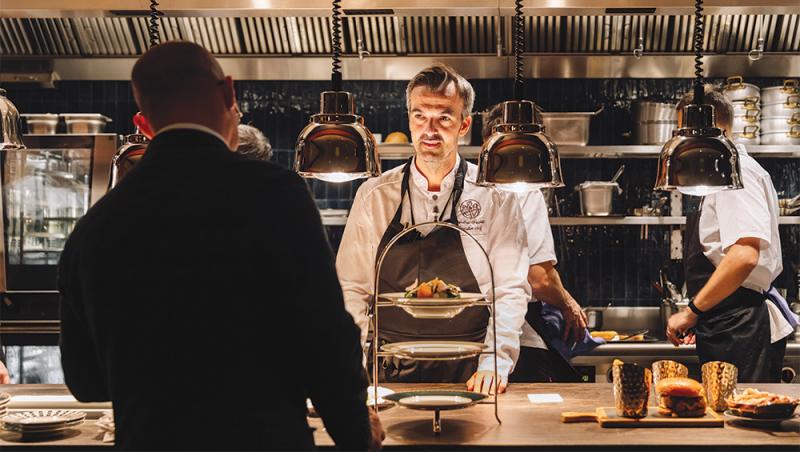
Spa and Wellness
The largest wellness space across the Nordics, Vestkantbadet, the reimagined 15,000-square-foot urban spa, is unlike anything we've seen before. One of Norway’s last remaining public swimming pools and bath areas from 1932, the spa is a haven for health and mindfulness, and a true testament to the hotel’s encompassing approach to well-being. With a series of 18 treatment rooms, a restored Roman bath, extensive gym, infrared sauna, cold plunge pool offering a traditional Nordic thermotherapy experience, Vestkantbadet is the city’s first year-round rooftop pool, sauna and terrace, with the building’s original swimming pool with a magnificent wall mosaic of swimming women and seals by Per Krohg. Top Treatment: Facials using products from Dr. Dennis Gross. Ask for Kornalia Bednarek, she has been an esthetician for 14 years and is very knowledgeable. Deborah Wigardt handles spa bookings for Villa guests.
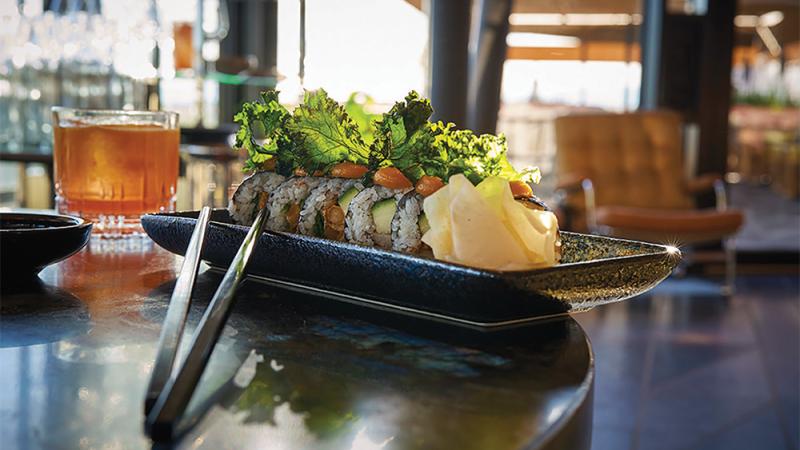
Must Try: Wim Hof introduction course with Monica Rongve; she teaches breathing techniques, followed by a dip in the freezing plunge pool and a reheat in the infrared sauna. Apparently, the unforgettable sting of the freezing water is meant to be very good for circulation and longevity.
Wellness worth leaving the hotel for: Kok’s private sauna fjord cruises from the harbor, which combines the therapeutic benefits of a traditional wood-fired Finnish sauna—literally so hot we had to breathe through a towel—and a plunge in the Oslo fjord. A shock to the system, but well worth it for the health benefits, and the chance to soak up panoramic views of the fjord and the city’s cutting-edge architecture.
Museums and Art
There is no shortage of culture to enjoy in Oslo. The National Museum, which reopened in 2022, brings together the collections of the former National Gallery, the Museum of Contemporary Art, and the Norwegian Museum of Decorative Arts and Design together in one very large, minimalist and modern building. The museum spotlights Norwegian art through the ages (think: Edvard Munch’s “The Scream”) but also shines a light on everything from uber-contemporary works to Indigenous Sámi pieces. For more Edvard Munch, there is a dedicated Munch Museum that opened in 2021. While the building is controversial for its misshapen Lego block looks, the collection is unparalleled. Be sure to walk on the roof of the famous Oslo Opera House, located next door.
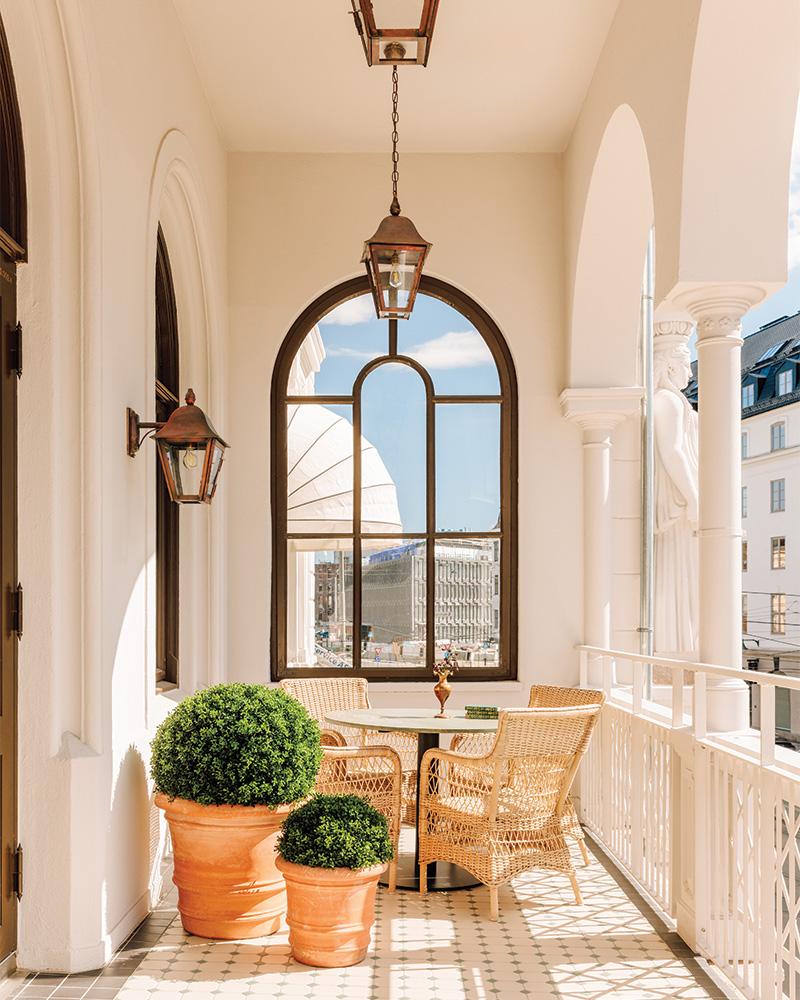
Worth the drive: Kistefos Sculpture Park and Museum, built on the grounds of a historical pulp mill about an hour outside of Oslo by Norwegian businessman Christen Sveaas, who is a passionate art collector. The park has 51 sculptures in a spectacular setting—with site-specific works by artists including Anish Kapoor, Marc Quinn, Jeppe Hein and Yayoi Kusama to name a few—but the pièce de résistance is “The Twist,” designed by Bjarke Ingels Group (BIG), which is a bridge-like gallery space that actually looks twisted.
If you don’t have time for Kistefos, close by Villa Inkognito is the Vigland Sculpture Park in Frogner Park, about a 30-minute walk from the hotel, which has more than 200 sculptures by Gustav Vigeland.
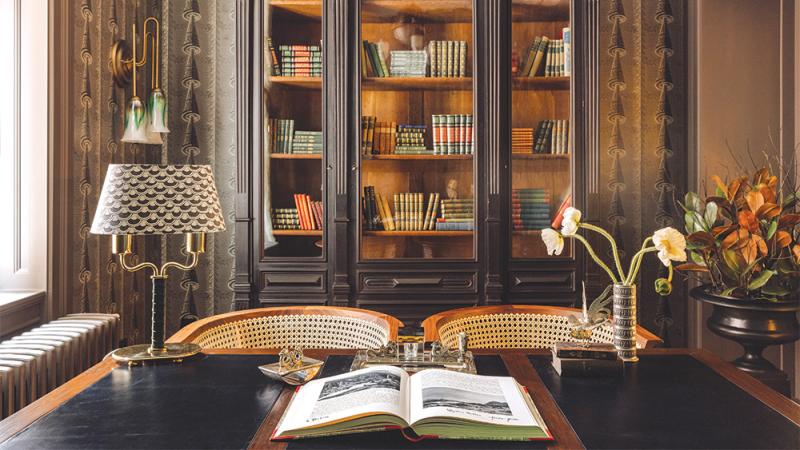
Shopping
Oslo is an easy and enjoyable city to walk around, and Villa Inkognito is well-positioned for exploring. There are small, upscale boutiques beside the hotel in Frogner; check out Briskeby Gods and Den Dama for chic clothes from an array of Norwegian and international designers, or venture to the funky Grünerløkka neighborhood for thrifting and edgier designers and shops, including Dapper Oslo for men’s clothes and Maanesten, for upcycled jewelry.
Related Articles
How To: The Nordics With Christine Cecille Gaffney
Norway: The Old Country and a New Outlook
Pelorus Launches Culinary Journey Through Norway
Six Senses to Open Off-the-Grid, Energy-Positive Hotel in Norway